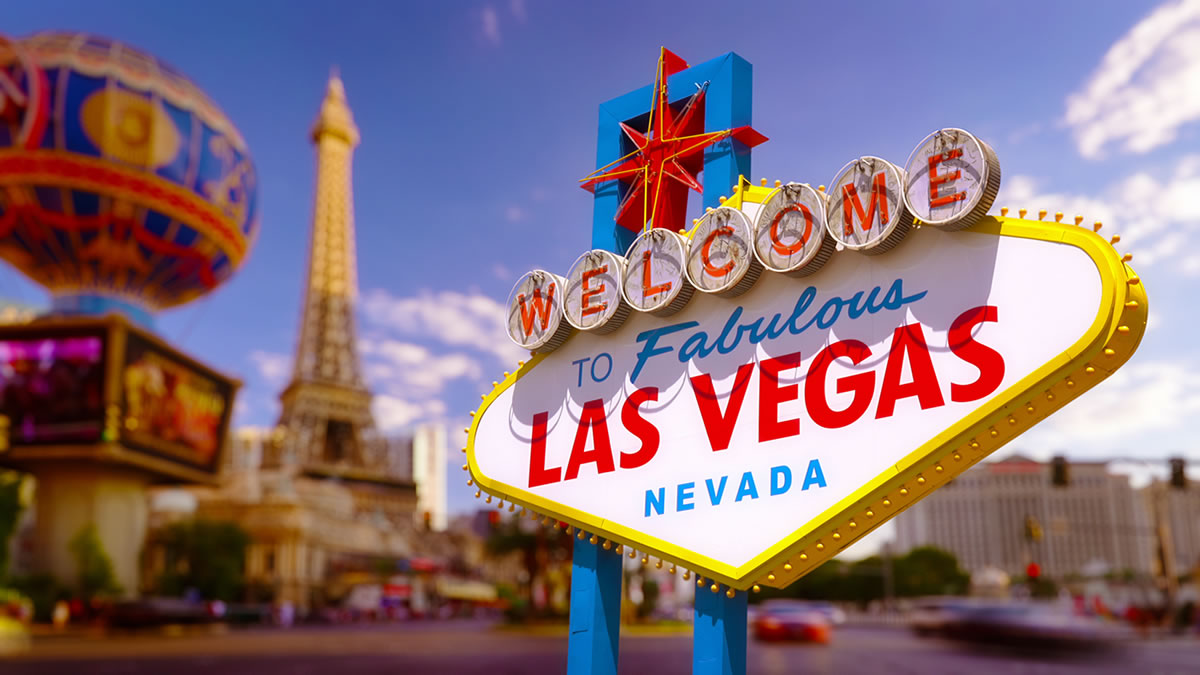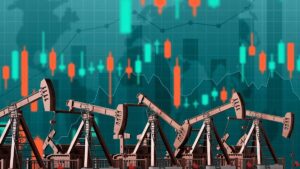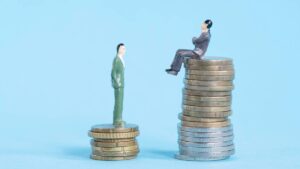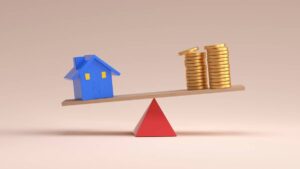Trading with Focus – Start imagining the AUD/USD at $1.00

Pic: Getty Images
The GFC tanked the Aussie dollar, which had been flying as high as 98c in the days preceding it, on the back of a mining boom.
Now its only 75c.
Then, the mining boom came roaring back, because Chinese growth was like a steam-roller without brakes. You can’t exactly stop building a few hundred Chinese cities each month just because of something pesky like a global financial collapse, unless you want your whole economy to collapse too.
Then the AUDUSD peaked around $1.10.
There was little else to invest in that had any certainty or stability, so everyone wanted a piece of Australian dirt. To buy Aussie shares you had to use Aussie dollars, so the demand was higher than normal. And our banks were the only solid banks left in the world. Our interest rates were low, but still higher than comparative economies.
And the Aussie dollar has a relatively small free-float, so when faced with a huge amount of demand, it went up as quickly as it had gone down during the flight to ‘comparative’ safety in the USD (which seemed ironic given that the US was where all the problems started).
Remove the words ‘financial crisis’ and replace them with the word ‘pandemic’, and it the GFC becomes the GP, and 2008 becomes 2020.
Once again mining companies are booming. But the Aussie is still only sitting around 75c.
When we went to the US in 2011 we felt wealthier than ever before. To buy a 3 year old Lambo would only cost $100k, but lapping around in a Lambo hire car had people taking photos of us like we were some sort of royalty. It was like the first time you go to a third world or developing country and instantly become comparatively rich, because the US economy was still in the toilet and most US citizens are comparatively poor. And the exchange rate was sweet.
But it also marked the very top of the mining boom.
Then, having had so much investment in mining and so many new deposits discovered and coming into production, there was a shift in the supply/demand metrics and without any sort of heads up the mining sector went through a 5 year bear market.
So what happens if the AUD goes back up?
Well, to get to $1.05 again, that would mean a 40% lift in its value.
Your unhedged international shares would have to go up 40% just to keep up with the exchange rate.
The cost of buying things from overseas would go down by 40%, meaning domestic manufacturing would face a pretty tough challenge to stay competitive.
Travel would be great again (if you’re ready for that minefield and culture shock when you get to the pandemic-ravaged country you are going to).
Interest rates would have to be going much higher, but we already know that is going to happen. And its probably going to happen quite quickly if inflation is anything to go by. They wanted you spending your money to support the economy and create some inflation, but now we have way too much, so they will want people investing their money not spending it. AKA, a sharp slow-down…
Once again it might be the mining sector that attracts the money that causes the AUD to go up, and although the cost of building a mine would be lower, the value of the commodities in USD would become less.
But shares being shares they would still go up in the face of it all, right until the pop. The weight of money would be too much to stabilize them. Boom, boom, bust.
But more importantly, with the mining sector boiling, inflation on the boil, global interest rates on the rise, China still being China and a major shift in political tensions with Russia, a big spike in the AUD would probably, if history is a guide, be the indicator that this 5-year old mining bullmarket (with a GP in the middle) is heading into the final stages.
But don’t worry, the final stages can be very lucrative. The final stages are where things get craaaaa-zy. ‘Justifying Vegas in a Lambo’ crazy. Mining execs start saying things like “stronger forever” and the herd cheers them on.
But, if history repeats, which it often does in the stockmarket, then this would be the sign.
But it might not, because it’s the stockmarket after all.
With everything that is going on in the world, and the major forces that are all in play all at the same time, I will state my opinion for the record:
“Nothing is a hold, everything is a trade, but some trades just take longer.” – Travis Clark, Managing Director of Marketech, April 2022.

So get yourself a proper trading platform and stop pretending you’re a long term investor. You probably don’t even know what’s for dinner, let alone what’s going to happen in this crazy world tomorrow.
At Marketech our platform is about technology, providing you the tools and technology to trade. We encourage our high-function trading platform to get you live pricing, live charts, live market depth to ensure you have the tools and trading capability at your fingertips, and on your mobile phone or PC.
You trade your own stock on your individual HIN. It is your cash in your own Macquarie account where you keep the competitive interest you earn.
Our subscribers get access to brokerage starting at $5, and then 0.02 per cent for trades over $25k. If you want to trade the market, you need immediate access wherever you are and the seamless Marketech mobile app means you are live anywhere anytime.
Marketech Focus subscribers also get 2-months free access to the ‘Marcus Today’ newsletter to help you with your investing and trading goals.
For more information, visit www.marketech.com.au. Any queries regarding Marketech should be directed to Marketech and not to Stockhead.
This article was developed in collaboration with Marketech Online Trading Pty Ltd (ACN 654 674 432), an Authorised Representative (1293528) of Sanlam Private Wealth Pty Ltd (AFSL 337927), and a Stockhead advertiser at the time of publishing.
All information and material contained herein is general in nature and does not consider your financial situation, investment needs or objectives.
The information does not constitute personal financial advice, nor a recommendation or opinion that a security or service is appropriate for you.
You should seek independent and professional tax and financial advice before making any decision based on this information.
UNLOCK INSIGHTS
Discover the untold stories of emerging ASX stocks.
Daily news and expert analysis, it's free to subscribe.
By proceeding, you confirm you understand that we handle personal information in accordance with our Privacy Policy.








